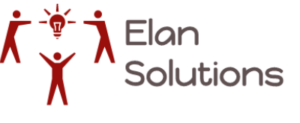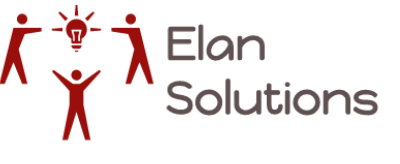Announcing our new logo!

We are proud to announce the launch of our new logo as part of the ongoing growth and evolution of our company brand.
Our former logo

has been replaced by a new corporate identity
We made the decision to reposition our services and target market as our business evolves and grows, providing creative solutions, connecting people. This is reflected in the new logo with three people connected through a shining light bulb.
Currently we are positioning ourselves as the Human Resources Outsourced Services business of choice. We realised that it is the perfect time to evaluate our brand logo and align it to who we are now and where we are going in the future. All related communication, marketing and social media will be updated in due course with the logo.
We thank you for the support of our business and remain committed to providing excellence in outsourced human resources services.

















